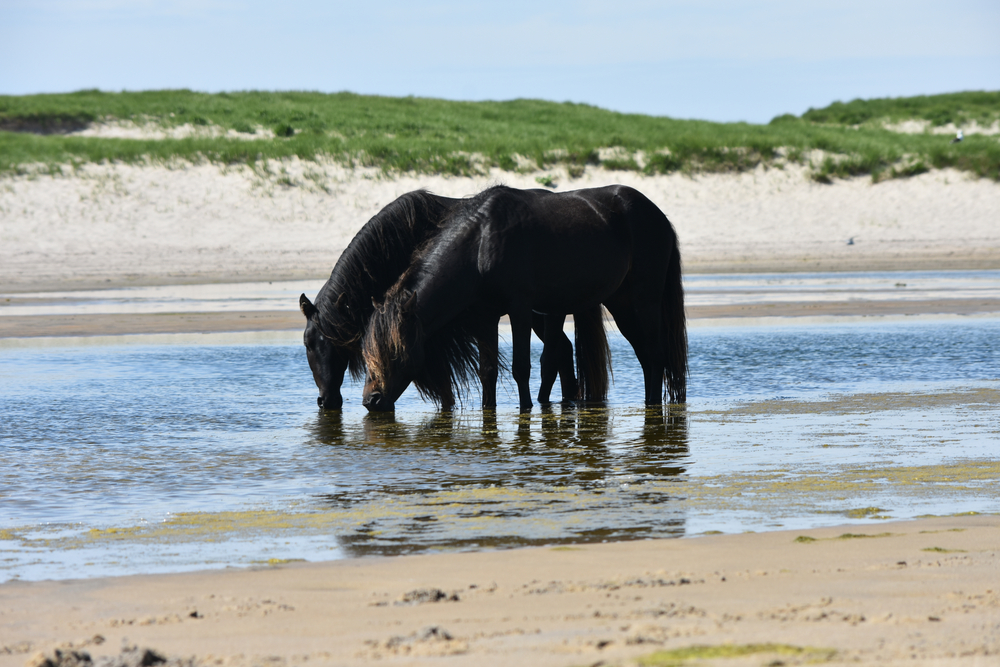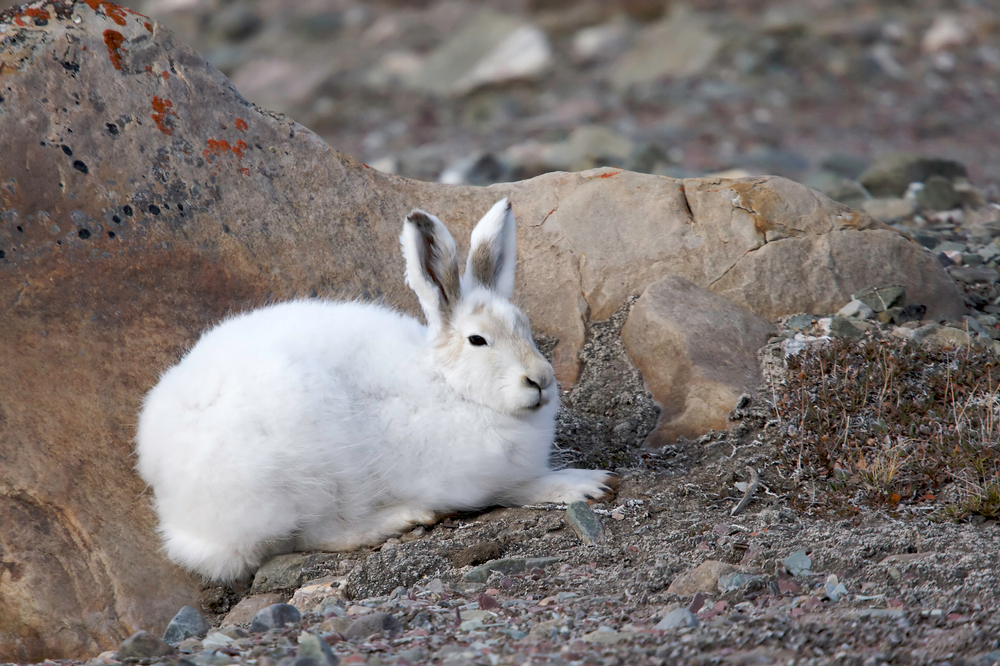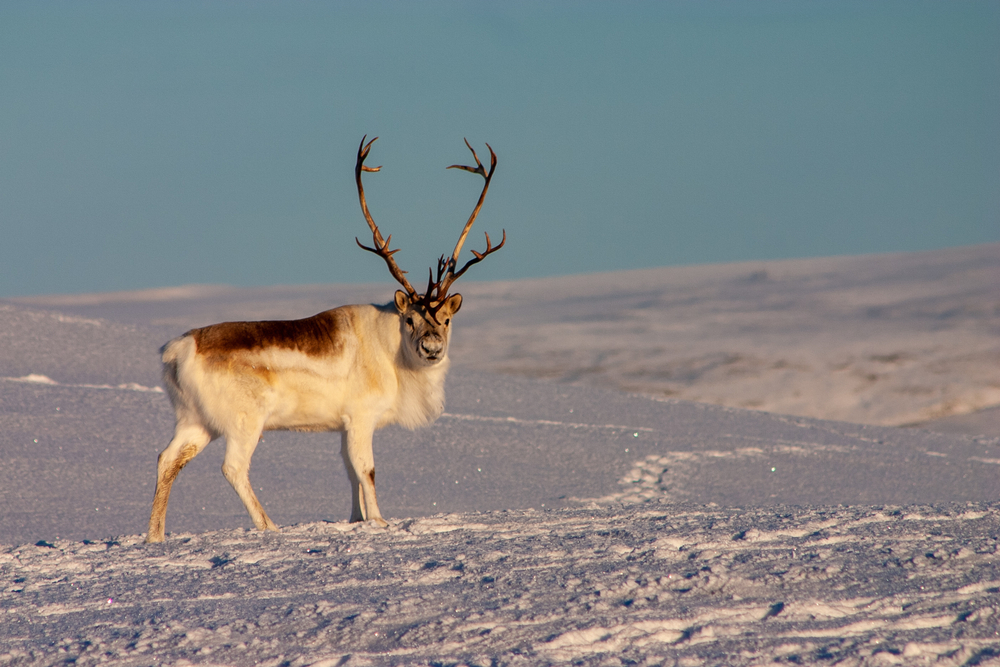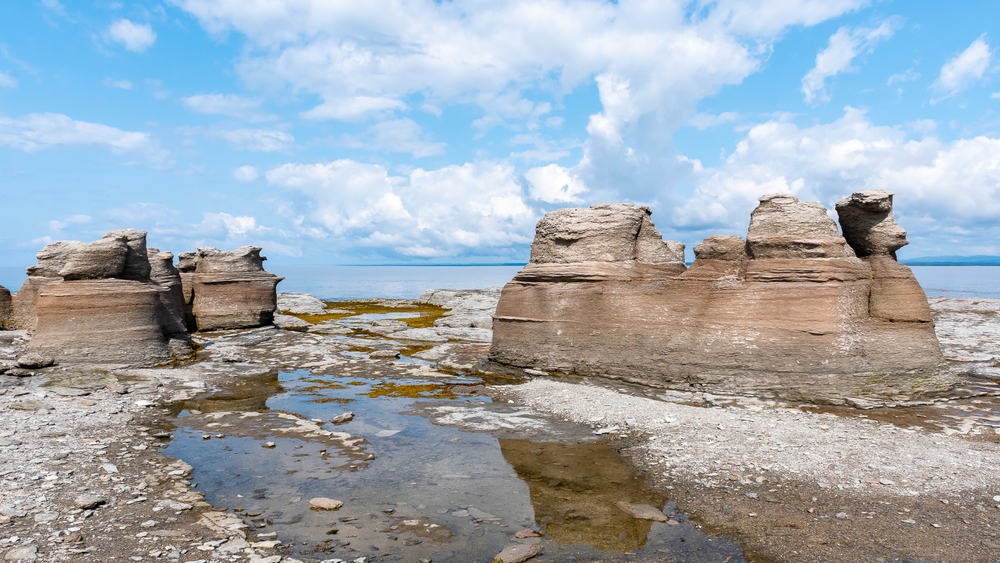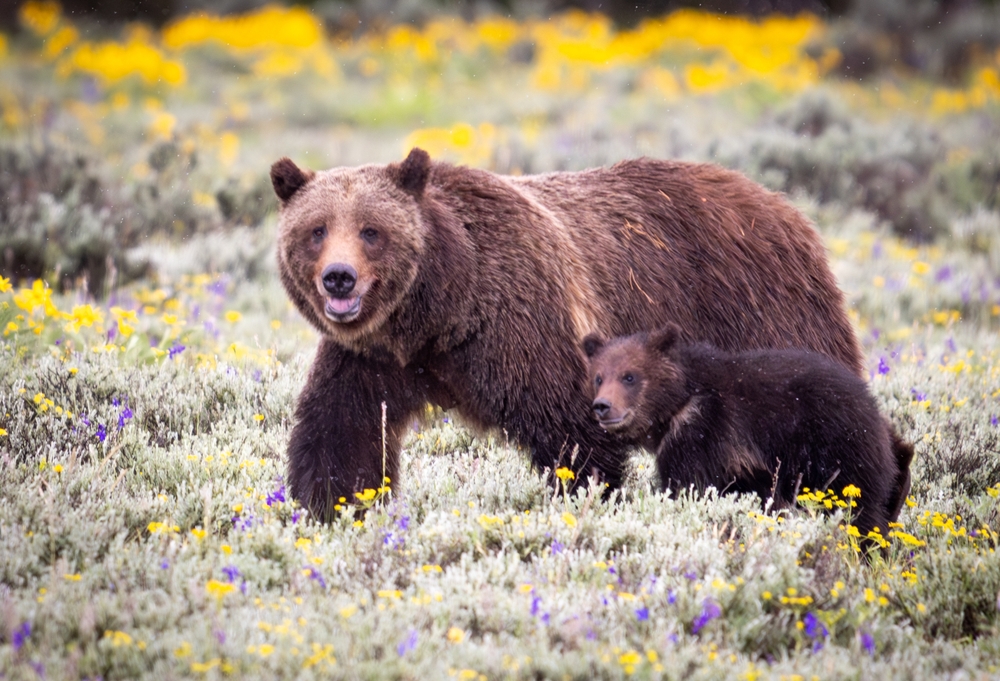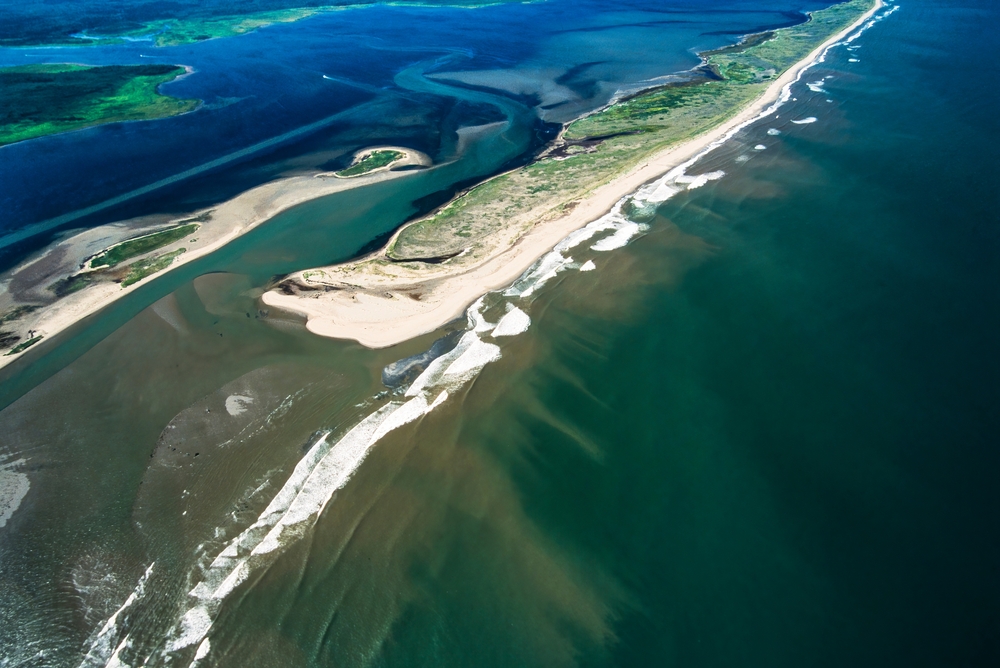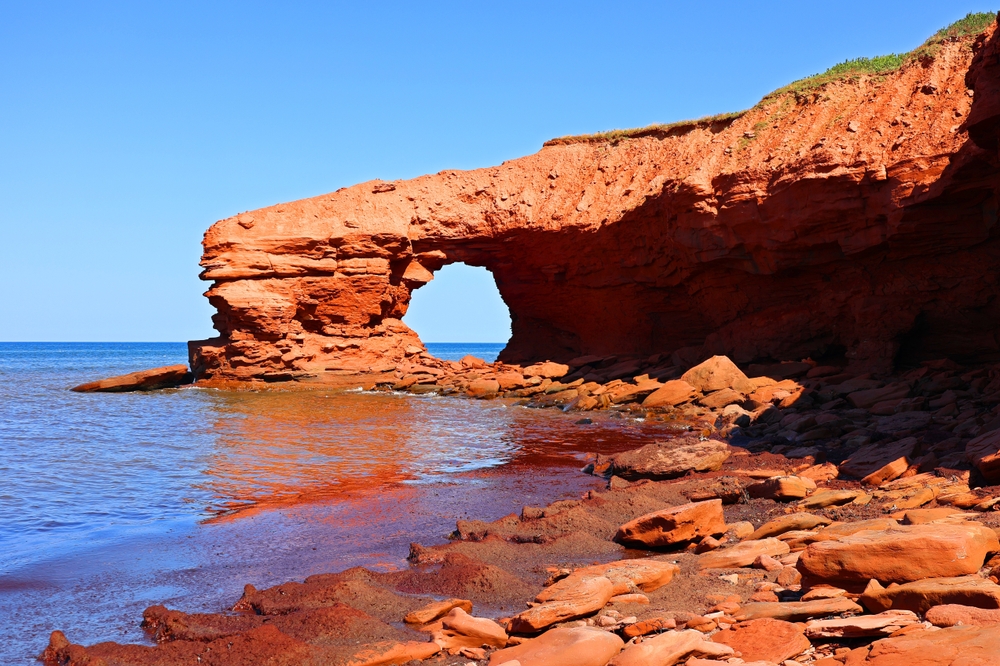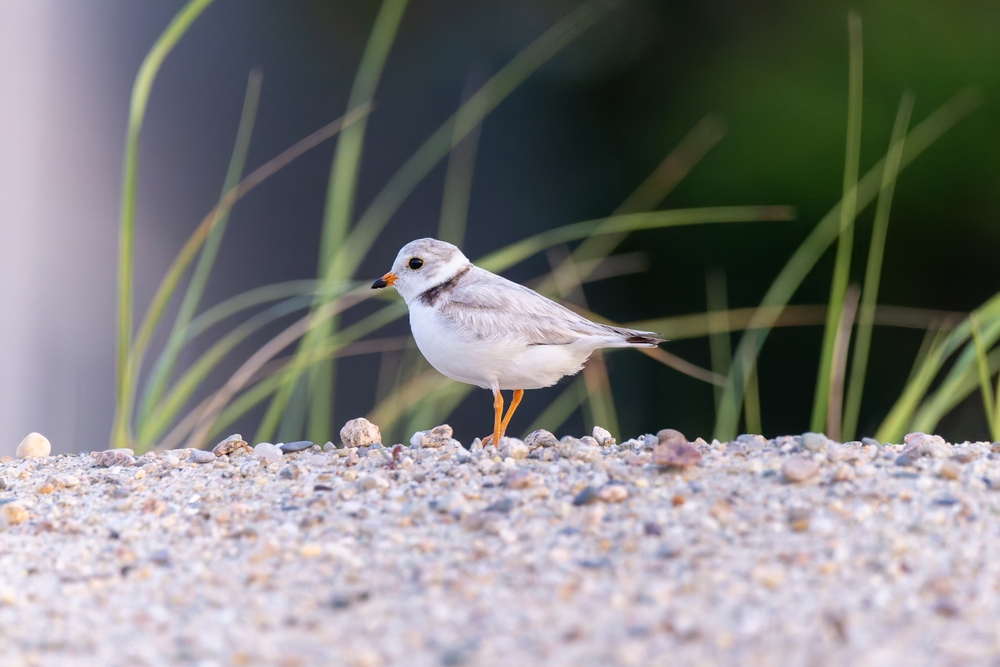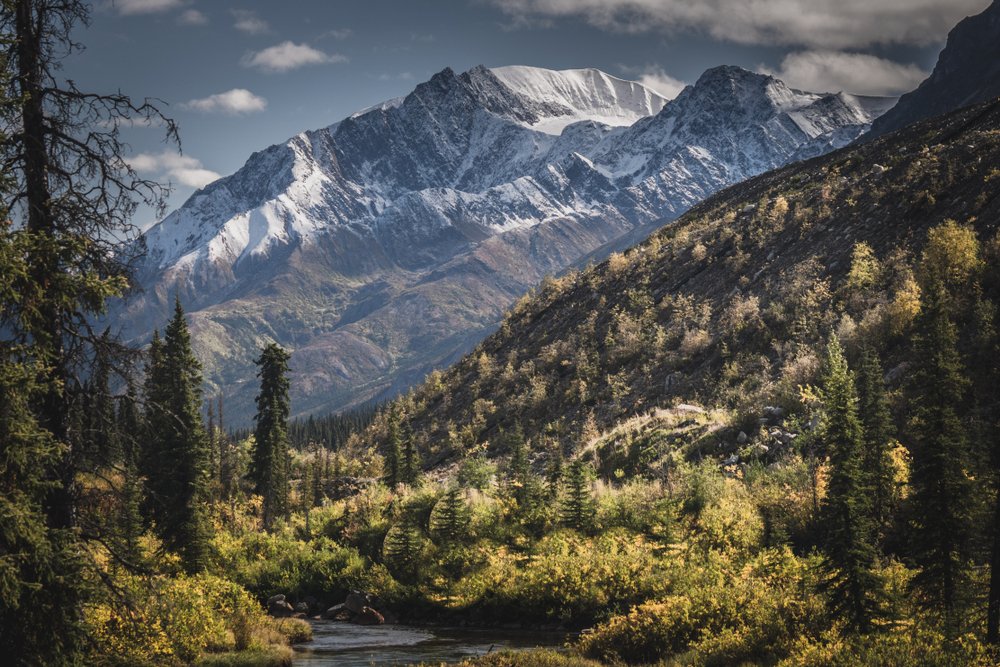Sable Island Overview
Sable Island National Park Reserve, located in the Atlantic Ocean approximately 109 miles (175 kilometers) off the coast of Nova Scotia, Canada, is a remote and windswept island known for its wild beauty and unique wildlife.
The park encompasses the entire island, which stretches about 26 miles (42 kilometers) long and is no more than 0.93 miles (1.5 kilometers) at its widest point. With an area of approximately 12.4 square miles (32 square kilometers), the island is composed almost entirely of sand dunes, sparse vegetation, and expansive beaches.
The terrain is shaped by constant winds and shifting sands, creating an ever-changing landscape. Freshwater ponds form in low-lying areas, supporting patches of marram grass, wild rose, and cranberry plants that cling to the island’s fragile ecosystem.
Sable Island is best known for its wild horses, which roam freely across the dunes and meadows. These hardy animals, believed to be descendants of horses introduced in the 18th century, have adapted to the island’s harsh conditions, surviving on sparse vegetation and freshwater pools.
In addition to the iconic horses, the island is home to one of the world’s largest breeding colonies of grey seals, which give birth on its sandy shores during the winter months. The surrounding waters are rich with marine life, including harbor seals, porpoises, and various species of whales, such as minke, humpback, and fin whales.
Birdwatchers are also drawn to the island, as it provides a crucial stopover for migratory birds and hosts nesting colonies of seabirds like Arctic terns and Ipswich sparrows, the latter being a subspecies found almost exclusively on Sable Island.
Visitors to Sable Island are captivated by its untouched beauty and sense of isolation. The shifting sand dunes, wind-swept landscapes, and crashing Atlantic waves create a hauntingly beautiful setting. One of the most striking features is the island’s extensive network of beaches, where the wild horses can often be seen against the backdrop of the rolling dunes.
Historical shipwrecks, remnants of the island’s treacherous past, also dot the coastline, with more than 350 recorded wrecks earning Sable Island the nickname “Graveyard of the Atlantic.” Though remote, the park offers a range of ways for visitors to experience its natural wonders, primarily through guided tours and research-based visits.
Access to the island is carefully managed to protect its fragile ecosystem, and most visitors arrive by chartered flights or boat tours authorized by Parks Canada.
Conservation efforts are a crucial part of Sable Island’s management, as its ecosystem is highly sensitive to environmental changes. The park reserve was established in 2013 to ensure the long-term protection of the island’s wildlife and natural environment.
The wild horses are left entirely unmanaged, allowing them to exist without human interference, while efforts focus on monitoring ecological changes, studying the impacts of climate change, and protecting the island’s marine and bird populations.
Challenges include rising sea levels, shifting sands, and the potential impact of increased human activity. However, strict regulations on visitor access and scientific research programs help mitigate risks while preserving the island’s unique biodiversity.








































































